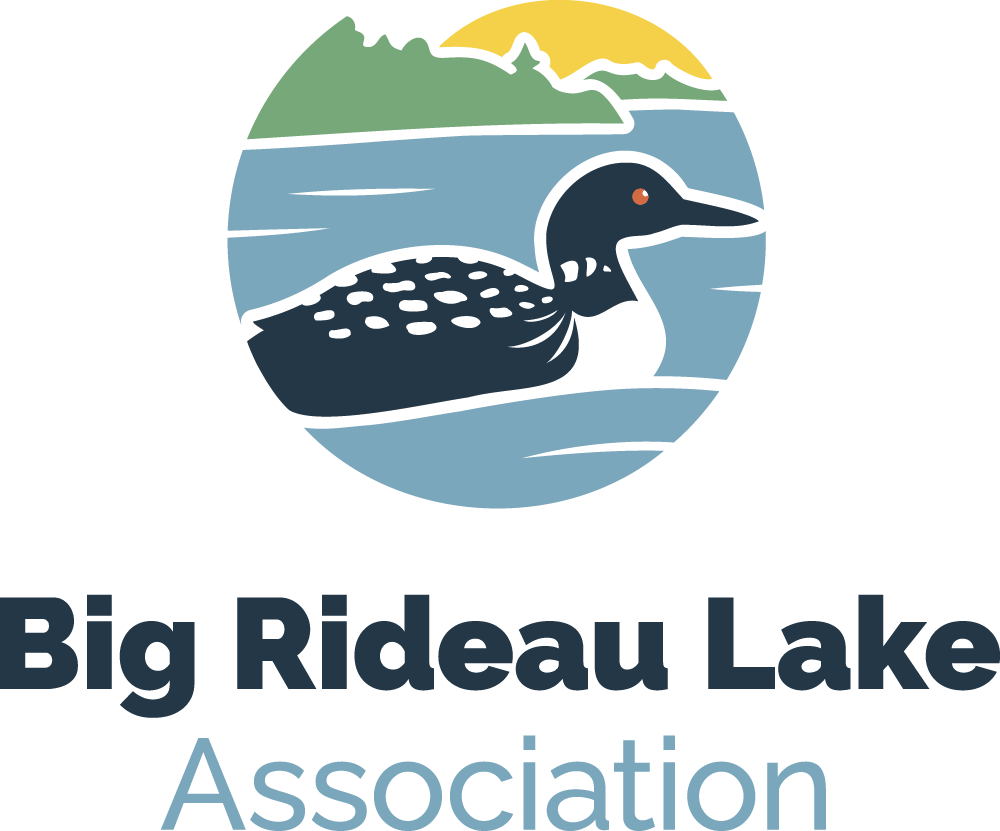RVCA: Dealing with Damaged Shorelines
Public Service Announcement from Rideau Valley Conservation Authority
Recent high waters have caused erosion damage and damage to shoreline structures, particularly east of Cumberland along the Ottawa River and in the upper reaches (Tay Valley Watershed) of the Rideau Valley Watershed.
The Rideau Valley Conservation Authority (RVCA) recognizes that some of the remedies for damage may need more than just a minor “tweak”.
This is a reminder to all landowners to check with your local Conservation Authority to see if approval is required prior to doing any “clean-up” work along your shoreline (e.g., shoreline stabilization or repair to shore works, erosion control, dock construction, etc.). There are also restrictions to when you can undertake in-water work and possibly other approval agencies that require consulting depending on where you are in the watershed (e.g., Parks Canada and Ministry of Natural Resources and Forests).
The best thing to do is contact your local Conservation Authority to see if there are any restrictions or approval requirements. In the Rideau Watershed, call the RVCA’s Resource Specialists at 613-692-3571 or 1-800-267-3504 ext. 1128 and 1132. You can also visit the RVCA website at www.rvca.ca and look for the “After the Flood” link. Be sure to read the document entitled Guidelines for Shore Works in the Rideau Valley Watershed to help you with your project. In cases of severe erosion, funding may be available through Rural Clean Water Grants. RVCA Resource Specialists can guide you towards next steps required to make application to receive funding. Information on these grants is also available on the RVCA website.
The riparian zone (the area along the shores of our creeks, rivers and lakes) is an important area for wildlife and water quality. Trees and shrubs along the riparian zone provide a vegetative buffer that provides shelter and food for wildlife while intercepting upland nutrients. Trees and shrubs also provide valuable erosion protection. They are extremely resilient. Don’t be too quick to remove shoreline plants. Instead, give damaged plants the opportunity to respond with natural regrowth. Corrective pruning may suffice. If you are interested in naturalizing your shoreline, contact the RVCA for details on their Shoreline Naturalization Program or visit the website.
Waterfront property owners will want to remove any fallen branches and debris from their shoreline to ensure the unaltered and uninterrupted flow of water. Be sure not to dispose of garbage, debris or sandbags in the river. Check with your local municipality for local disposal options.

